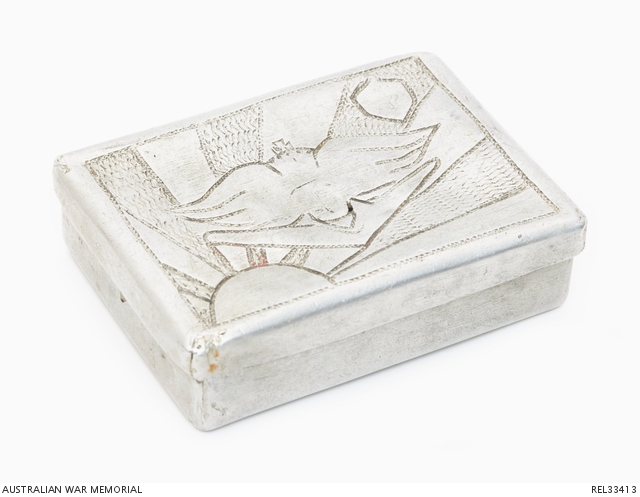| Place | Singapore |
|---|---|
| Category | Battle |
| Conflict |
Second World War, 1939-1945 |
Battle for Singapore
During the Second World War, Singapore was the site of one of the British Commonwealth's greatest military defeats. Britain had built a large naval dockyard on the north coast of the island during the 1930s to use as a base from which to project naval power throughout the Asia-Pacific and thus the island became central to their strategy in the region. The British presence guaranteed by Singapore was also the cornerstone of Australian defence policy. British naval vessels, however, would not be permanently based at Singapore. The whole "Singapore Strategy" was dependent on vessels being despatched from European waters in time of crisis, an extremely doubtful prospect should Britain be under direct threat. Various senior Australian army and naval officers had warned of the weaknesses of the "Singapore Strategy", but successive Australian governments chose to ignore them, the costs of a more independent defence policy making them particularly receptive to British reassurances.
Ultimately, when the Japanese threat loomed in late 1941 Britain could spare few vessels for Singapore. Only two vessels had arrived by October 1941, the relatively new battleship HMS Prince of Wales and the ageing battle cruiser HMS Repulse. It had been intended they would be accompanied by an aircraft carrier but this vessel ran aground in the West Indies leaving the ships devoid of air cover and thus extremely vulnerable - both were sunk on 10 December 1941. With the loss of the ships, the Singapore Strategy crumbled and with it so did the rationale for defending Singapore. When British Commonwealth forces withdrew onto Singapore Island in January 1942 they prepared for a defence that was now to be conducted for mainly political reasons, perhaps the foremost being to maintain American support. Churchill revealed in his memoirs, however, that there was "no doubt what a purely military decision would have been."
The defence of Singapore was poorly conceived and conducted. Despite clear indications that the Japanese would concentrate their attack on the island's north west, the British commander Lieutenant General Percival, sought to defend the entire coastline leaving him with little depth and an inadequate reserve. The 8th Australian Division, considerably weakened after the fighting in Malaya, was allocated the vital north-western sector. When the Japanese attacked on the night of 8 February 1942 it was too weak and dispersed to hold them back, initiating a disorganised retreat towards the centre of the island. In succeeding days Percival's reluctance to commit reserves from other parts of the island, and a virtual command breakdown in the 8th Division, lead to the British Commonwealth forces being pushed back into a steadily decreasing perimeter around Singapore city. It was an untenable position. Over 1 million civilians remained in the city, the Japanese had captured its main water supply, and their aircraft were free to bomb at will. At 8.30pm on 15 February 1942 over 130,000 troops, including 15,000 Australians, were surrendered to the Japanese. 1,789 Australians had been killed since the 8th Division had entered the fray in Malaya in mid-January and 7,000 of those captured would die before the war's end.


